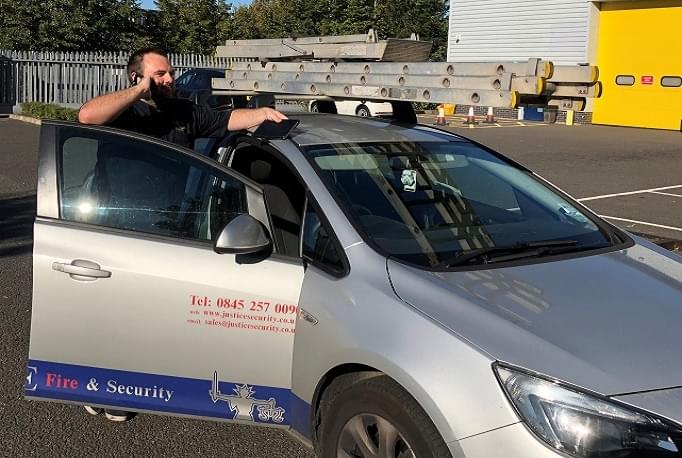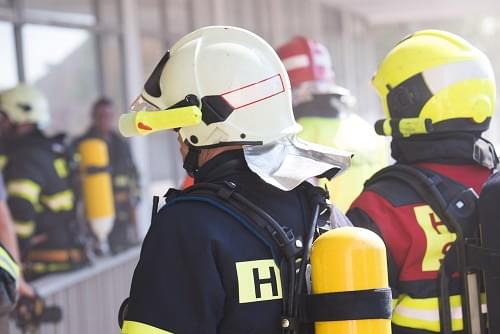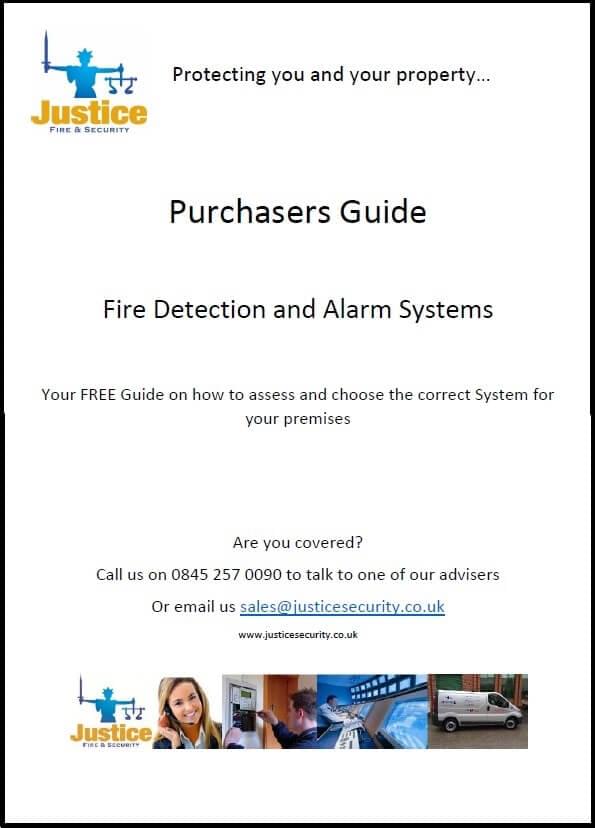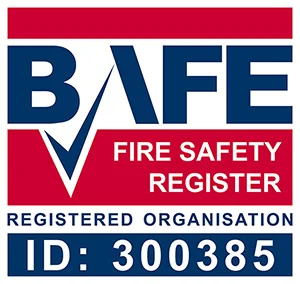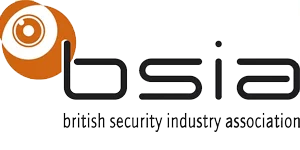Earlier this month, the Fire Industry Association (FIA) published some important guidelines on how fire evacuation procedures should be handled during these COVID-affected times. The priority is to keep staff safe and to reduce person to person contact and, thereby, infection.
From this, eight key questions have been formulated, each or any of which could be relevant to your existing fire evacuation and safety procedures, whilst COVID restrictions remain in place. Here is an outline of the areas the FIA suggests you should address within your organisation.
1. What needs to be done differently because of COVID-19?
A number of things. Firstly, you should review your existing fire safety arrangements. By way of example, be clear about what impact the coronavirus has had on the presence of your designated fire wardens. Also, the way you have previously handled existing routine fire safety checks and measures, as part of your Personal Emergency Evacuation Plan (PEEP).
This is all highly relevant in respect of any safety measures that your company has put in place, such as introducing one-way systems, barriers restricting certain areas of the building, the repositioning of furniture, the numbers of staff who are working on site, social distancing measures and the process by which the fire and rescue services are contacted.
2. Is it necessary to carry out fire drills?
Although you are not legally required to undertake fire evacuation drills in the way they would have been handled during ‘normal’ times, you are still required by law to train staff about the precautions and actions they should follow, to safeguard themselves and their colleagues in the event of a fire incident.
Traditional training models may no longer be relevant. As a result, many workplace environments may need to modify their protocols because of COVID-19. Evacuation drills may need to change and there may be a need to carry out a certain amount of supplementary training to familiarise certain staff members with the new safety procedures, e.g., a change to escape routes, which may involve new fire drill evacuation exercises.
3. Do social distancing measures still apply?
Where practical, social distancing should always be observed. This would include during pre-arranged fire drills and unplanned evacuation events, prompted by a real-life fire incident. That said, common sense would suggest that the immediate risk to life from a genuine fire would almost certainly exceed the risk from COVID-19, thus social distancing might have to be waived, albeit temporarily. The recommendation would be that social distancing should be reinstated once staff are clear of the building and at a point of safety, such as a designated assembly point.
4. Are staff still expected to report to fixed assembly points?
The whole point of a successful evacuation is to ensure that all occupants can escape the building and that the appointed fire warden can confirm everyone has been accounted for by the fire and rescue service. So as long as this information has been properly collated, there is no specific need to have a designated assembly point – although it is best practice that these rendezvous points are observed.
5. Can fire doors be wedged or propped to reduce contaminating contact points?
No. Fire doors are there to protect the means of escape and are an integral part of the building’s fire safety arrangements. Sometimes, it might be justified to hold-open some fire doors with an appropriate device – as long as it has been fitted by a competent person with authority to act. Given that people may be reluctant to touch doors and spread the virus (hence the inclination to leave fire doors open), then the urge to do this can be offset by enhanced cleaning protocols, which might include placing hand sanitisers near fire doors.
To reduce hand contact with push plates, handles etc., staff should be encouraged to use an elbow or even with their hands up a sleeve, to open doors to minimise skin contact.
6. Should you wear masks or other PPE?
If a fire evacuation is necessary, staff who don’t wear COVID-19 PPE at work should simply clear the premises as quickly as possible without masking up. If you are wearing full regalia at the time of a fire, then leave it in place at least until you are clear of the danger.
7. Should your company PEEP be reviewed because of COVID-19?
Yes. Firstly, you will need to ascertain whether any established PEEPs will still be in operation. If the designated fire wardens are working from home, then existing arrangements will need to be revisited. If an emergency voice communication system forms part of your PEEPs, it will be important to check that this remains operational and that your base station stays manned.
In addition, your PEEP may have originally been designed to help workers with disability or impaired vision to reach a recognised refuge point, before being assisted to exit the building. In these situations, it may be necessary to incorporate a certain amount of PPE, where proximity amongst staff members may be required.
8. Is it necessary to reconfigure the building’s fire detection and alarm system?
This is a complicated issue, best avoided if possible. Whilst a fire detection and alarm system can be reconfigured to incorporate a delay and investigation period, inevitably this would entail making alterations to both hardware and software and to the fire detection and alarm system itself. Doing this might mean amending well-established fire procedures, require additional staff training and possibly a new set of evacuation drills.
The advice would be that if any significant alterations were necessary, then this should only be done with the input of fire safety consultants, building control authorities and maybe even the fire and rescue service.
As key workers, Justice Fire & Security have been working throughout the pandemic and are well-placed to provide help and advice to any companies who are unclear as to what additional fire safety measures may be necessary during the COVID-19 crisis. For all COVID-related enquiries, please call our main switchboard on 0845 468 0927.
To read the full procedural document from the FIA click the link below.
Guidance on Fire Procedures During the COVID-19 Pandemic (fia.uk.com)


